Spikenard
Spikenard is a flowering plant belonging to the Valerian family. These plants are native to various regions of Himalaya. Their common names include Nard, Nardin, Jatamansi and Muskroot. Essential oil extracted from the rhizomes of the Spikenard plants are used for various medicinal purposes.
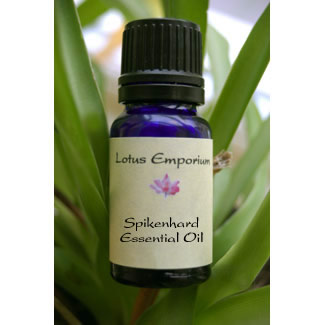
Spikenard
Table Of Content
Spikenard Scientific Name
The scientific name for these plants is Nardostachys grandiflora.
History of Spikenard
These herbal plants have been used by humans from ancient times. The essential oil extracted from these plants has been one of the most important herbal remedy in traditional Ayurvedic medicines for a long time. It was used for various purposes also in ancient Egyptian and Roman civilizations. Spikenard has been mentioned in the Bible and Iliad (Homer). Twelve species of Nard plants have been listed in “Pliny’s Natural History”, an encyclopedia published between 77 and 79 AD.
Description of Spikenard Plant
These flowering plants look quite attractive with beautiful flowers.
Height: These plants grow up to 1 meter in height.
Leaves: The long leaves grow surrounding one single flower stalk (sessile leaves). Their average length is somewhere between 15 cm and 20 cm. The breadth of these leaves varies from 1.5 cm to 2 cm.
Flowers: The color of the bell-like flowers varies from pink to pale white.
Fruits: The oval fruits grow somewhere between 1 inches and 3 inches with a sharp apex.
Roots: These plants have long, woody, hairy and stout roots that are used for oil extraction. The rhizomes have a pleasant aroma with bitter taste.
Spikenard Distribution
These plants are mainly found in the Himalayan regions of China. Their distribution range also includes northern regions of Nepal and India.
Spikenard Cultivation
Deficiency in proper information about cultivating Spikenard makes it difficult to establish these plants. Due to this reason, these herbal plants are being considered as an endangered species. These plants sometimes grow in the wild where it grows in open stony and grassy slopes. They grow well under Silver Birch forests with long rootstocks and large leaves.
Growing Conditions
Soil: Well-drained sandy loam soil is ideal for their proper growth. The soil should contain plenty of organic nitrogen and carbon.
Sunlight: These plants grow well when protected from direct sunlight with light shade.
Water: Regular watering is important for them to grow properly.
Elevation: They grow well in steep lands with 25° to 45° slopes between elevations of 1800 and 2200 meters.
Growing Spikenard
They can be grown from root cuttings as well as from seeds. However, plants grown from root cuttings grow faster than from seeds. The flowers bloom in June and July while these plants bear fruits sometime between august and October. All the leaves turn yellow during early October. The Spikenard plants die and remain buried under snow during winter. They regenerate from the rhizomes next year during summer.
Harvesting Spikenard
Harvesting of the roots of these plants is done sometime between September and December. These roots or rhizomes are harvested by pulling out the whole plants using a sharp spade like hand tool called “Koto”. The rhizomes are collected only after all the leaves and roots are removed.
Spikenard Essential Oil
Oil is extracted from the rhizomes of these plants. This essential oil is used for diverse purposes including for medicines, perfumes and other cosmetic products.
Extraction of Spikenard oil
Steam Distillation process is used to extract this essential oil from dried and crushed roots of these plants. The rhizomes are washed properly and dried under shade in order to protect the oil contents in it.
Composition of Spikenard Oil
The main chemical constituents of this oil includes valeranone, bornyl acetate, jonon, menthylthymyl-ether, tetramenthyloxatricylodecanol and 1, 8-cineol.
Properties of Spikenard Essential Oil
The color of this thick essential oil may vary from amber to greenish and deep blue. It has antiseptic, anodyne, digestive, carminative, liver stimulant, diuretic, vermifuge, and expectorant properties that make it useful in various medicines. This oil also has a beautiful sweet, warm and musky aroma making it useful in many cosmetic products.
Health Benefits of Spikenard Root and Essential Oil
These medicinal plants have numerous health benefits to offer.
- They are beneficial for brain and nervous system.
- The roots and oil of these plants can alleviate burning sensations and inflammation of numerous organs as it has anti inflammatory properties.
- The expectorant properties of this essential oil extraction make it helpful against cough, cold, asthma and bronchitis.
- It improves digestion and lowers blood pressure.
- This essential oil fights bacterial growth both inside and outside the body.
- It is also beneficial for skin and hair.
- This herb can effectively treat epilepsy.
Uses of Spikenard Roots and Oil
The roots and the essential oil extraction of these herbal plants are used for numerous medicinal purposes.
Medicinal Uses
- The edible roots of these plants are consumed to treat health disorders like epilepsy and hysteria.
- Paste made from Spikenard root and water is used to cure inflammation and burning sensation of skin.
- This root and its oil extraction are used for fighting many skin conditions like allergies and rashes.
- This herb is useful in the treatments of cholera, hepatitis and enlargement of liver.
- Its expectorant properties make it useful to cure cough, cold, asthma and fever.
- This essential oil is used for alleviating headache, insomnia and other stress related conditions.
- It is widely used by Tibetans for making healing incenses.
- It is used as herbal remedy for numerous health disorders in countries like India and China.
Other Uses
- This herb is used to increase appetite.
- The essential oil extracted from these plants is used as a deodorant as it has a pleasant and soothing fragrance.
- It is widely used to revitalize and improve mature skin.
- This oil is also used for healthy, smooth and silky hair.
- The calming properties of this oil help to reduce aggressiveness and restlessness in hyperactive children.
- Spikenard oil is used in aromatherapy.
- It is used for manufacturing soaps, body fragrances, skin lotions, bath oils and other cosmetic products.
- This essential oil extraction is also useful for making air fresheners, incense, towel scenting etc.
- Dried leaves of these plants are used as incense.
Side Effects of Spikenard
There are no serious side effects of the roots and essential oil of the Nerd plants. However, over consumption may cause adverse health effects. One should avoid using both the roots and oil during pregnancy.
Spikenard Interesting Facts
Some interesting information about these plants are not generally known.
- Europeans used this herb was for seasoning foods during middle age.
- Spikenard root is considered to be the “forbidden fruit” from the Garden of Eden by some people.
- It is said that Mary Magdalene used the essential oil of this herbal plant for anointing Jesus’ feet before last supper.
Spikenard has one of the longest histories among all medicinal plants. The essential oil extraction of these plants is very useful as an effective remedy for numerous diseases. But, these plants are lately being counted among the endangered plant species. So, it is our responsibility to cultivate these incredible herbal plants and save them from extinction.
Spikenard Pictures
Here are some images of Spikenard:
References:
http://www.wisegeek.com/what-is-spikenard-oil.htm
http://www.prcupcc.org/herbs/herbsj/jatamansi.htm
http://www.essentialoils.co.za/essential-oils/spikenard.htm#Extraction
- by Deepamala Bhattacharya
- November 16th 2011

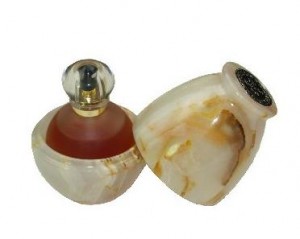
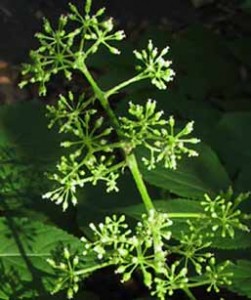
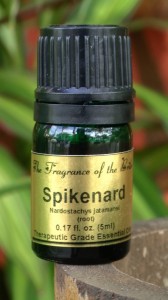
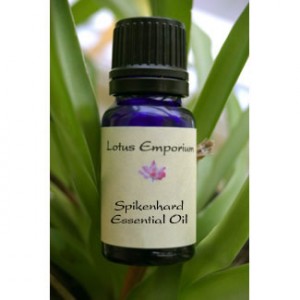
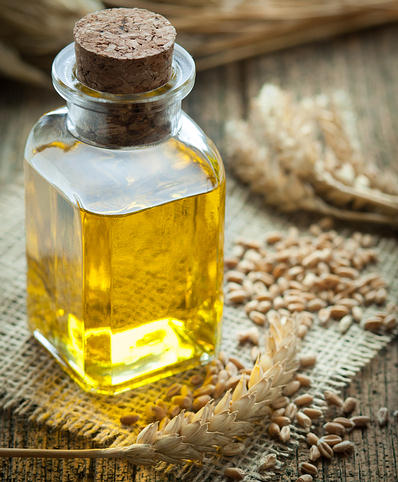
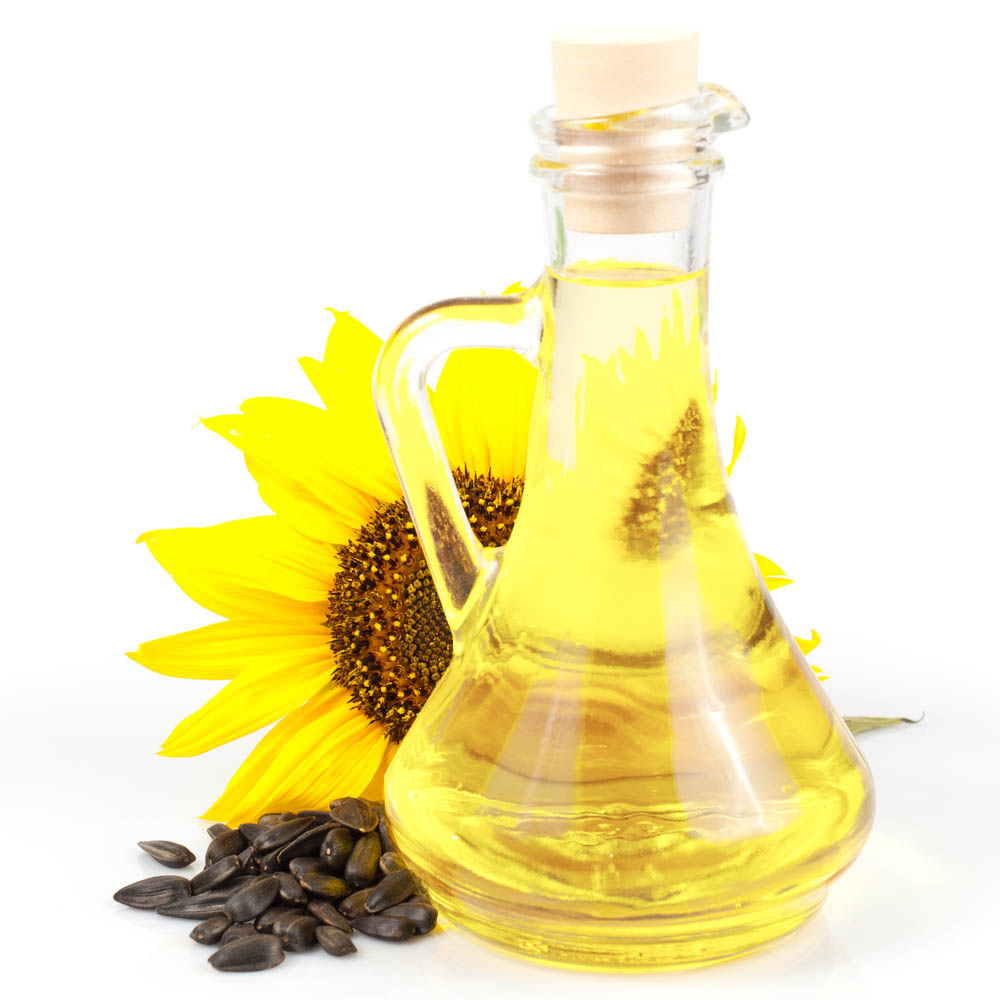
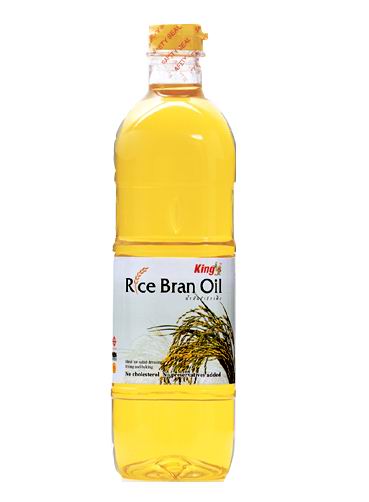
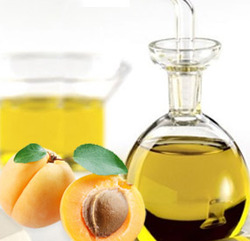















Leave a Reply